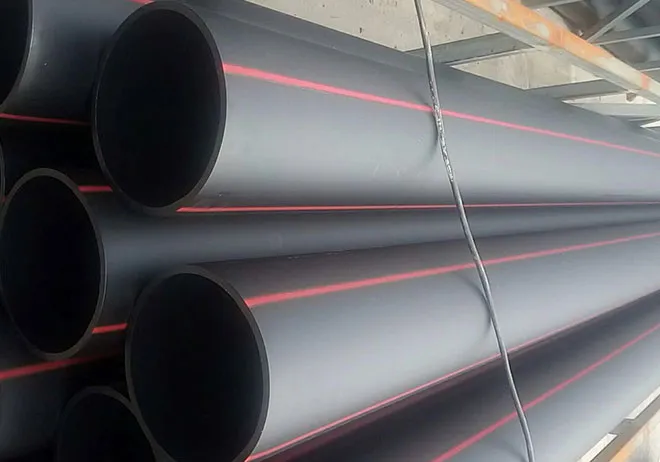Nov . 16, 2024 21:49 Back to list
ppr pipe for hot water service
The Use of PPR Pipe for Hot Water Service
In modern plumbing systems, the choice of piping material plays a crucial role in ensuring longevity, efficiency, and safety. One of the materials that have gained considerable popularity is Polypropylene Random Copolymer (PPR) piping. Particularly suitable for hot water service applications, PPR pipes offer numerous advantages over traditional materials such as copper and PVC.
What is PPR Pipe?
PPR pipes are made from a thermoplastic polymer, specifically polypropylene. This material is known for its versatility and high resistance to a variety of environmental factors. The 'random copolymer' composition allows for improved flexibility and impact resistance, making it a preferred option for a range of plumbing applications, including hot water systems.
Thermal Resistance and Stability
One of the most critical factors for a piping system designed for hot water service is the ability to withstand high temperatures without deforming. PPR pipes can tolerate temperatures up to 95 degrees Celsius (203 degrees Fahrenheit) and pressures up to 20 bar, making them exceptionally suited for high-temperature applications. Unlike PVC, which can become brittle at high temperatures, PPR maintains its integrity and performance, ensuring a consistent and reliable hot water supply.
Resistance to Corrosion and Scale Buildup
Another significant advantage of PPR pipes is their resistance to corrosion and buildup of scale. Traditional metal pipes, such as copper, are prone to corrosion over time, leading to leaks and the necessity for costly repairs. In contrast, PPR pipes are chemically inert and do not react with water or other substances they come into contact with, thereby eliminating the risk of corrosion. This characteristic also means that PPR pipes maintain a smoother internal surface, reducing the likelihood of mineral buildup, which can restrict water flow and decrease system efficiency.
ppr pipe for hot water service

Installation and Flexibility
The installation of PPR piping systems is comparatively straightforward. PPR pipes can be joined using heat fusion techniques, which create strong, permanent joints that do not require additional fittings. This fusion process minimizes the risk of leaks and ensures a reliable connection. Additionally, PPR pipes are lightweight, making them easier to handle and transport compared to heavier materials like copper or cast iron. Their flexibility also allows for the creation of curves and angles without the need for elbows or other fittings, simplifying the installation process.
Cost-Effectiveness
From a financial perspective, PPR pipes are often more cost-effective than traditional alternatives. While the initial costs may be comparable to that of copper, the long-term benefits provide significant cost savings. PPR’s durability means lower maintenance and replacement expenses over time. Furthermore, the efficiency of installation due to the welding method can also reduce labor costs.
Environmental Considerations
Increasingly, consumers and contractors are considering the environmental impact of their materials. PPR is a recyclable material, and the manufacturing process has a lower environmental footprint compared to metal alternatives. This aspect aligns with the growing demand for sustainable practices in construction and plumbing.
Conclusion
In conclusion, PPR pipes represent an excellent option for hot water service applications, offering remarkable resistance to high temperatures, corrosion, and scale buildup. Their ease of installation, flexibility, and cost-effectiveness further enhance their appeal in modern plumbing systems. As the industry continues to evolve, PPR piping is likely to remain a preferred choice among professionals and homeowners looking for reliable, efficient, and eco-friendly plumbing solutions.
-
High-Quality PVC Borehole Pipes Durable & Versatile Pipe Solutions
NewsJul.08,2025
-
High-Quality PVC Perforated Pipes for Efficient Drainage Leading Manufacturers & Factories
NewsJul.08,2025
-
High-Quality PVC Borehole Pipes Durable Pipe Solutions by Leading Manufacturer
NewsJul.08,2025
-
High-Quality PVC Borehole Pipes Reliable PVC Pipe Manufacturer Solutions
NewsJul.07,2025
-
High-Quality UPVC Drain Pipes Durable HDPE & Drain Pipe Solutions
NewsJul.07,2025
-
High-Quality Conduit Pipes & HDPE Conduit Fittings Manufacturer Reliable Factory Supply
NewsJul.06,2025

